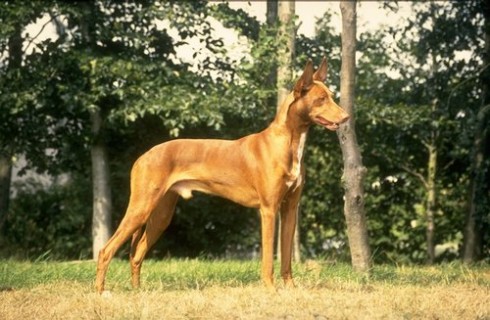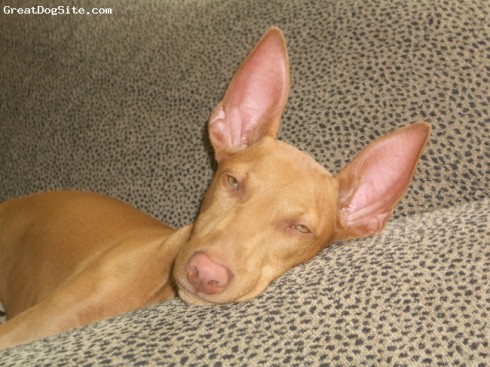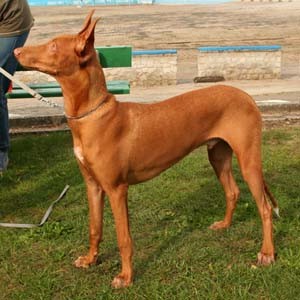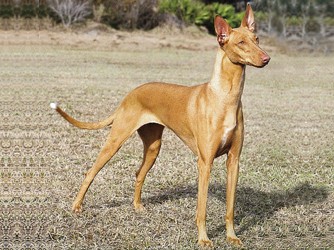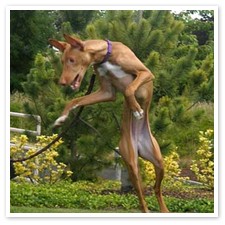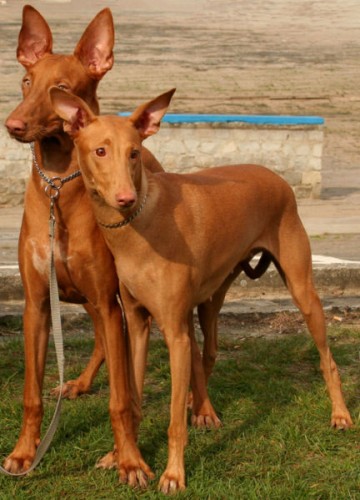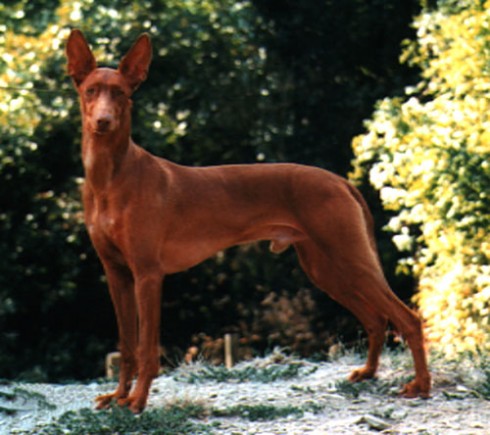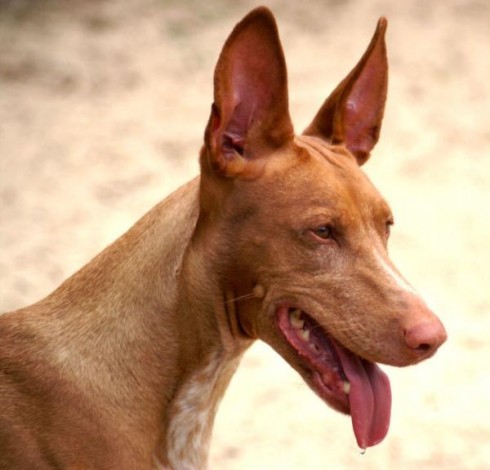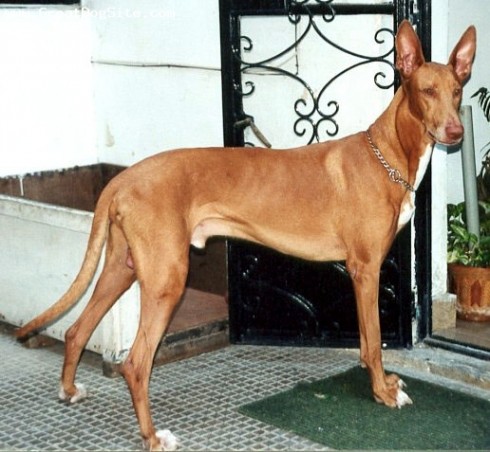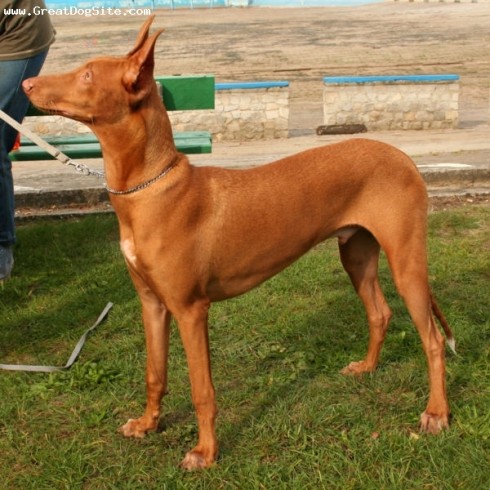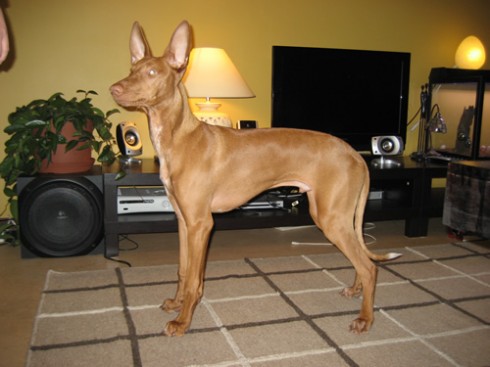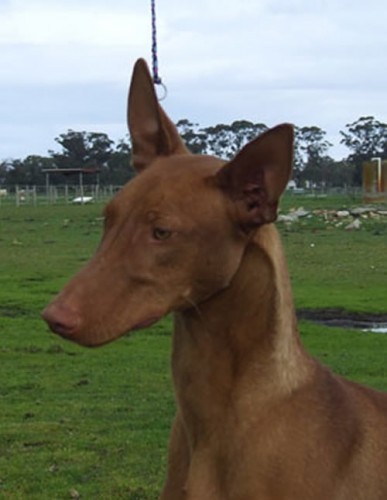Main Index
In Store
Our Web Store
Miniature Schnauzer Picture Gallery
Latest Dog Blogs
- What Are The Basic Commands To Train A Dog?
- PaySafe As The Most Popular Type Of Deposit
- Everything You Need To Know About Pet Sales
- Dogs Contribute To Our Physical And Mental Well Being
- How To Choose Where To Bet On Greyhounds In 2022
- Volunteer With Animals - How To Help Dogs Around The World
- Basic Understanding Of The House Edge
- Why You Should Get A Dog
- Top 20 Popular Dog Names Around The World
- Constipation in Dogs and How to Find Solutions
Pharaoh Hound
Pharaoh Hound Clubs/Associations
The Full Pharaoh Hound Description
These hounds are eager to please and can be trained easily. They get along well with other dogs. The Pharaoh Hound is a playful, active dog. He needs lots of exercise, loves attention and affection, and especially enjoys playing with children. He is an alert watchdog.
Did you know?
The Pharaoh Hound originated in ancient Egypt. It is thought to have been brought from Egypt by the Phoenicians when they settled on the Mediterranean islands of Malta and Gozo. The Pharaoh Hounds have existed there for over 2,000 years. In Malta they are bred for rabbit hunting and are the national dog of Malta.
So you want to own a Pharaoh Hound?
The Pharaoh Hound is a clean dog and his short odour-free coat requires little grooming. Twice-weekly brushing keeps shedding to a minimum.
The Pharaoh Hound makes a wonderful watchdog as he is very observant and possesses keen eyesight, acute hearing, and will bark promptly at the approach of strangers.
The Pharaoh Hound must be permitted to make up his own mind about people and situations. He is playful and enjoys children, but cannot be expected to readily accept children he does not know.
The Pharaoh Hound is very fast, active, and alert. He is not a good candidate for apartment living unless his owner is prepared to give him plenty of daily exercise.
Indicative Breed Standard
General Appearance
Medium sized, of noble bearing with clean-cut lines. Graceful yet powerful. Very fast with free easy movement and alert expression.
Characteristics
An alert keen hunter, hunting by scent and sight using its ears to a marked degree when working close.
Temperament
Alert, intelligent, friendly, affectionate and playful.
Head and Skull
Skull long, lean and well-chiselled. Foreface slightly longer than skull. Only slight stop. Top of skull parallel with foreface, whole head representing a blunt wedge when viewed in profile and from above.
Eyes
Amber coloured, blending with coat; oval, moderately deep-set, with keen, intelligent expression.
Ears
Medium high set; carried erect when alert, but very mobile; broad at base, fine and large.
Mouth
Powerful jaws with strong teeth. Scissor bite, i.e. upper teeth closely overlapping lower teeth and set square to the jaws.
Nose
Flesh-coloured only, blending with coat.
Neck
Long, lean, muscular and slightly arched. Clean throat line.
Forequarters
Shoulders strong, long and well laid back. Forelegs straight and parallel. Elbows well tucked in. Pasterns strong.
Body
Lithe with almost straight topline. Slight slope down from croup to root of tail. Deep brisket extending down to point of elbow. Ribs well sprung. Moderate cut up. Length of body from breast to haunch bone slightly longer than height at withers.
Hindquarters
Strong and muscular. Moderate bend of stifle. Well developed second thigh. Limbs parallel when viewed from behind.
Feet
Strong, well knuckled and firm, turning neither in nor out. Paws well padded. Dewclaws may be removed.
Tail
Medium set – fairly thick at base and tapering (whip-like), reaching just below point of hock in repose. Carried high and curved when dog is in action. Tail should not be tucked between legs. A screw tail undesirable.
Gait/Movement
Free and flowing; head held fairly high and dog should cover ground well without any apparent effort. Legs and feet should move in line with body; any tendency to throw feet sideways, or high stepping ‘hackney’ action highly undesirable.
Coat
Short and glossy, ranging from fine and close to slightly harsh; no feathering.
Colour
Tan or rich tan with white markings allowed as follows: White tip on tail strongly desired. White on chest (called ‘The Star’). White on toes. Slim white blaze on centre line of face permissible. Flecking or white other than above undesirable.
Size
Dogs: 56-63 cms (22-25 ins); Bitches: 53-61 cms (21-24 ins).
About Our Article Directory
- Article
- 27 November 2010
- 2 comments
Canis lupus familiaris
- Breed Article
- 29 May 2010
- No comments
Quick Search
Donate
Latest Dog Pods
- Tips on How to Stop Your Dog from Biting
- Beware - Not All Advertised Dog Rescues Really Are! How Can You Know The Truth?
- Helpful Tips For Dog Obedience Problems
- How to Keep Dogs From Eating Poop
- Dog Grooming Tips - A General Overview of the Very Basics of Dog Grooming
- Recognising Different Types of Dog Obedience Problems
- 5 Important Tips On Feeding A Puppy


